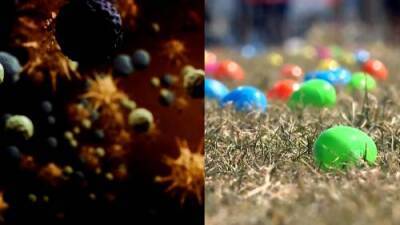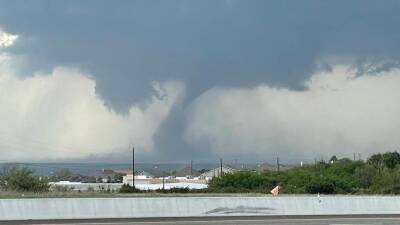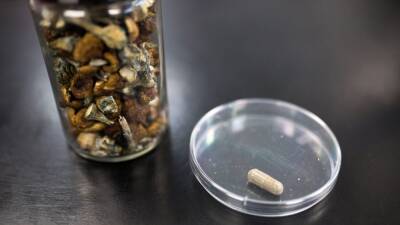Spring's hidden dangers that could be deadly to your pets
10 year-old Border Terrier dog, Jess, enjoys the sunshine in a country garden, England. (Photo by Tim Graham/Getty Images) Every year the Animal Poison Control Center with the American Society for the Prevention of Cruelty to Animals compiles its data from the calls received about pets exposed to toxins and releases the top 10 categories of potential poisons.One-tenth of those calls were related to indoor and outdoor plant ingestion.
Rodenticides, insecticides and garden products were also most frequent.Many common plants can be harmful to pets like azaleas, rhododendrons, yews, English Ivy, daffodils and tulips. "Bulbs of tulips, daffodils, hyacinths can cause all sorts of issues from gastric upset to heart problems for our dogs," said Lindsey Wolko, founder of the Center for Pet Safety.If your dog likes to dig, you should keep bulbs out of the landscape. RELATED: Climate change is worsening allergy season, scientists findLilies will also start growing soon, and they are exceptionally toxic to cats. "Their leaves, flowers, pollen and stems can cause kidney failure," Wolko said. "Easter lilies will also be available at your local stores for those that celebrate the holiday.
If you have cats, you won’t want to bring lilies home.""Some wild mushrooms are toxic, and yet somehow our dogs are attracted to dangerous fungi," Wolko said.If you see mushrooms growing in your yard, remove them promptly.
Plants with thorns can also harm paw pads and result in eye issues.Horticulture agent Dennis Patton of the Johnson County K-State Research and Extension recommends using natural wood mulches and avoiding cocoa mulches.
Read more on fox29.com



















































